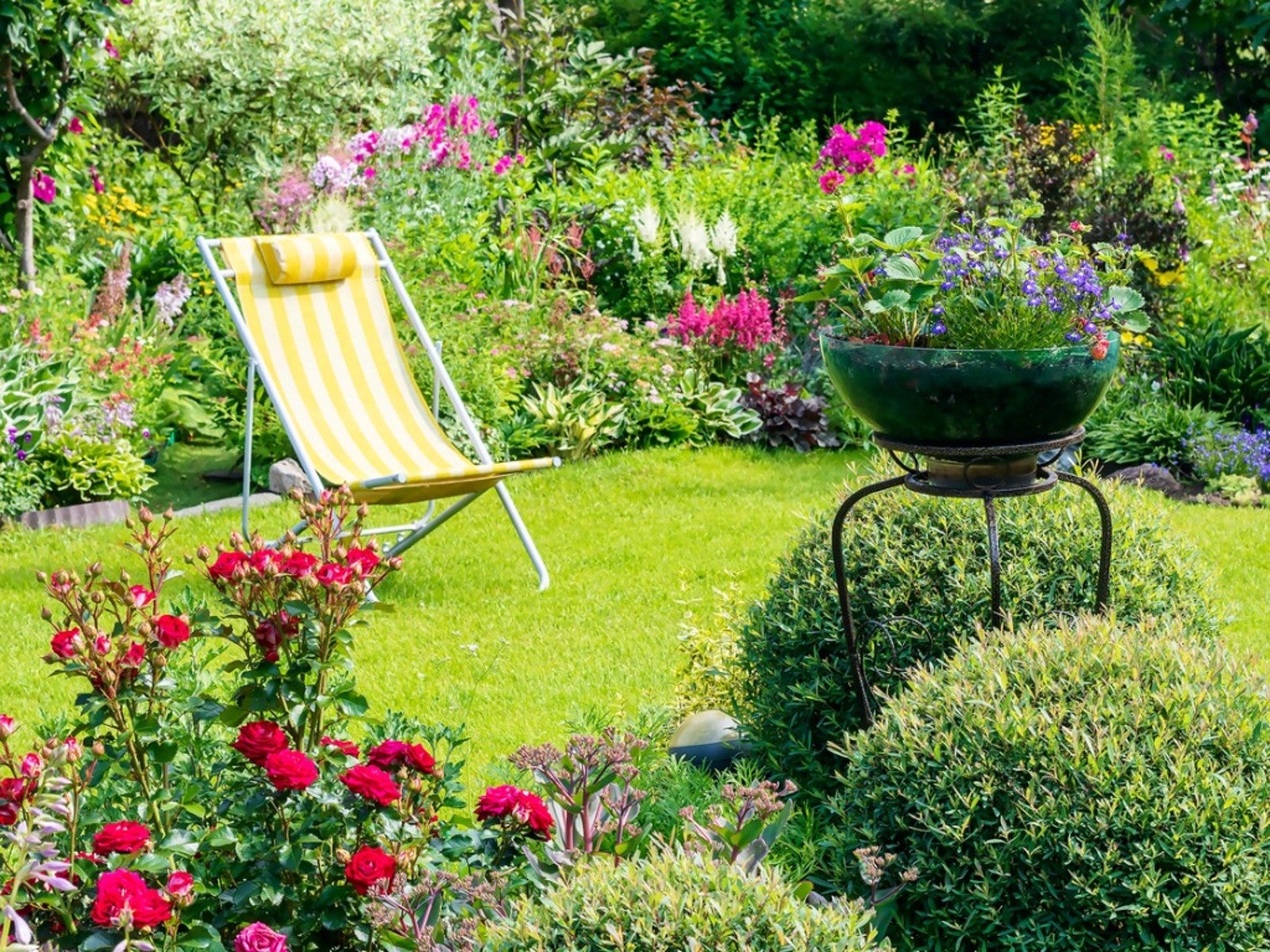Full Sun Perennials For Sunny Yards And Gardens


Perennial plants are an excellent choice for the home landscape. Once they are established, perennial flowers will produce reliable bursts of color for years to come. Many perennials will also spread, or can be easily multiplied by gardeners to increase numbers of plants. Learning more about specific types of perennial plants can help you better determine which species would be best for your own landscape.
Perennial Plants for Full Sun
Before planting, you’ll need to carefully consider the conditions within your own growing space. While some plants are able to thrive in low light and shady locations, a majority of species require full sun. In selecting a perennial, this full sun requirement applies to those that need at least 6-8 hours of direct light each day. Fortunately, options for full sun perennials abound. Other growth conditions worthy of your consideration include soil fertility, drainage and irrigation needs. Like any other perennial, full sun flowers should be hardy to your growing region to ensure that plants thrive.
When Do They Bloom?
In planning your landscape, you should also consider the bloom period of each plant type. While it’s true that many species of perennial full sun flowers will bloom continuously throughout the entire growing season, some may only flower for a certain period of time. Planting a wider array of perennials can help craft a landscape which demonstrates year-round interest. Early season bulbs, for example, are among the most popular perennials for spring. Other types of heat-loving perennials are more ideal in regions that experience extreme summer temperatures.
How Big Will They Get?
As a gardener, at planting time you’ll also need to consider the species’ size at maturity. Large trees and flowering shrubs can offer stunning visual impact, but they need to be situated carefully. Smaller perennial flowers and shrubs can be used in borders to mark the perimeters of green spaces, and in beds near foundations. Common perennial plants for this purpose include peonies, daylilies, and various types of sedum.
Try Natives
Becoming more familiar with native perennials for sun is an increasingly popular way that gardeners have begun to craft more naturalized spaces. In addition to being highly dependable bloomers, most native species are specifically adapted to withstand prolonged periods of drought and/or adverse soil conditions. The most popular native full sun perennials for use in the landscape include open-pollinated and hybrid cultivars of echinacea, rudbeckia, bee balm, milkweed, and aster.
Sign up for the Gardening Know How newsletter today and receive a free copy of our e-book "How to Grow Delicious Tomatoes".

Tonya Barnett has been gardening for 13 years. Flowers are her passion. She has transformed her backyard into a cut flower garden, which she regularly chronicles on her YouTube channel http://www.youtube.com/@tonyawiththeflowers.